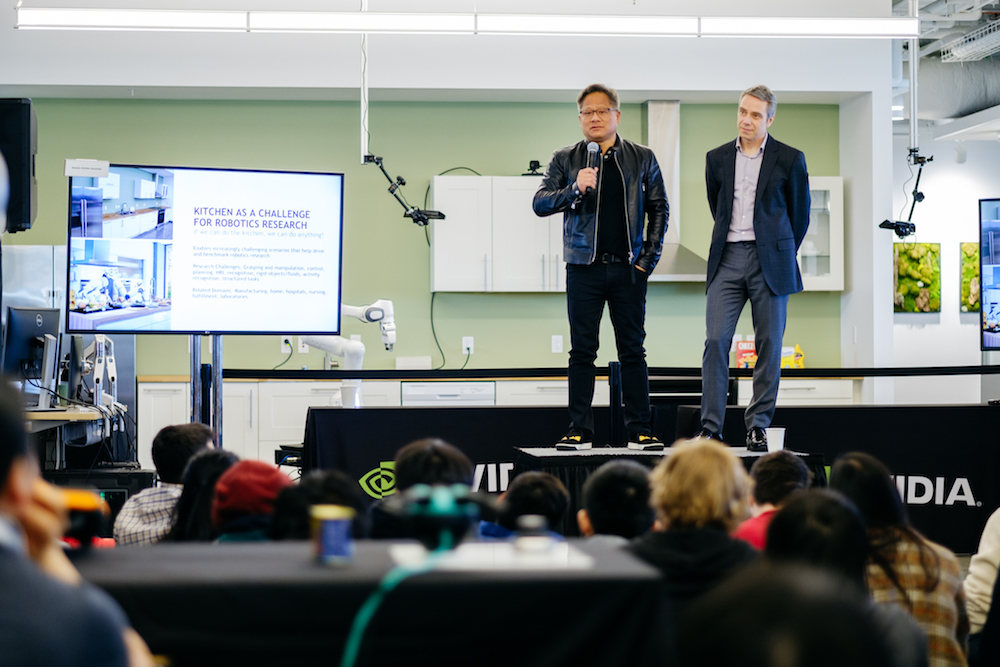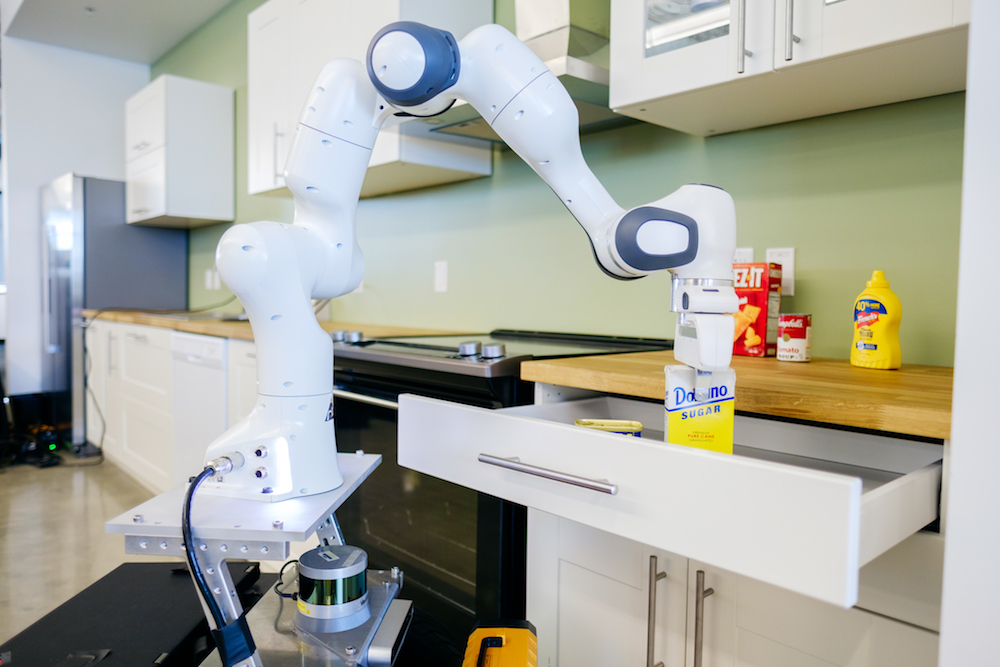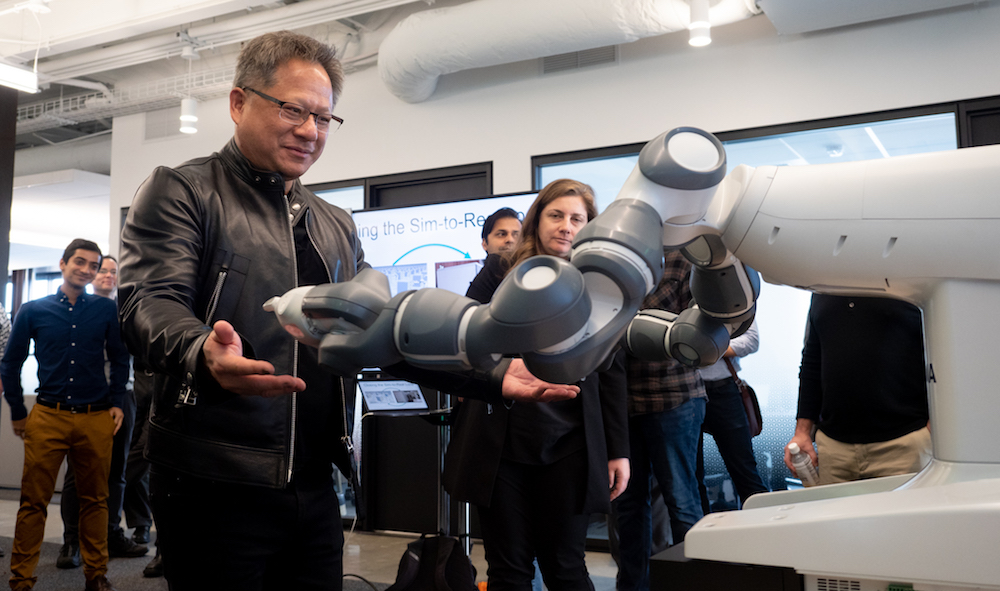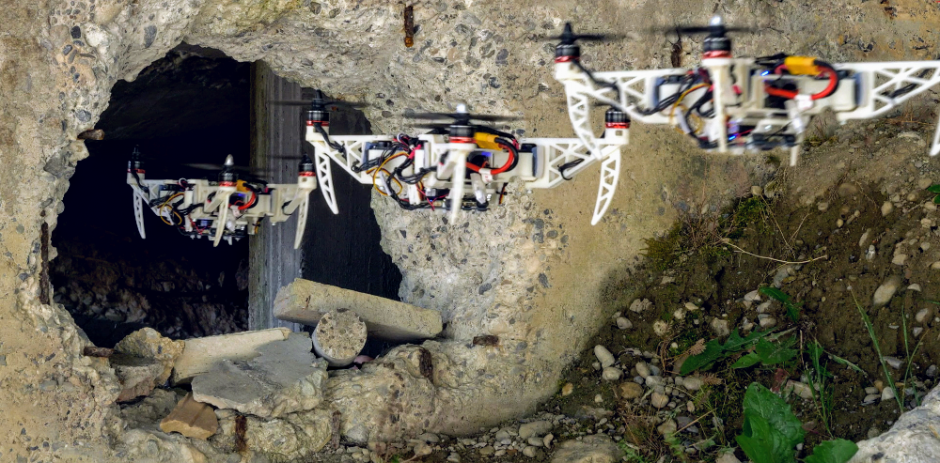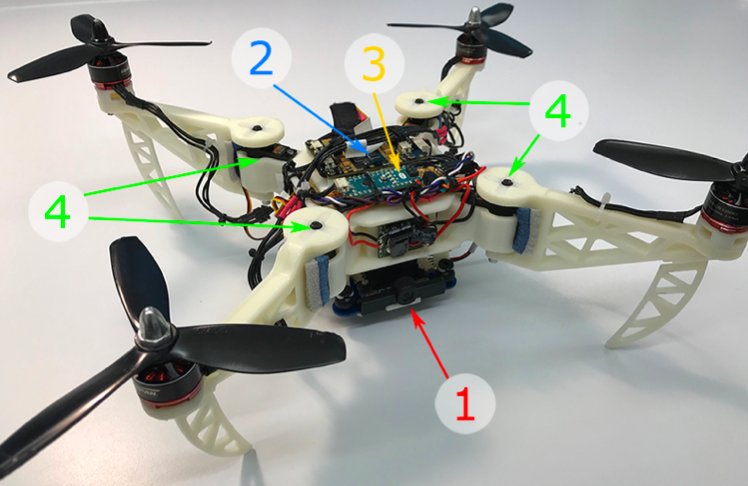In the wake of the closure of Apple’s autonomous car division (Project Titan) this week, one questions if Steve Jobs’ axiom still holds true. “Some people say, ‘Give the customers what they want.’ But that’s not my approach. Our job is to figure out what they’re going to want before they do,” declared Jobs, who continued with an analogy: “I think Henry Ford once said, ‘If I’d asked customers what they wanted, they would have told me, ‘a faster horse!’” Titan joins a growing graveyard of autonomous innovations, which is filled with the tombstones of Baxter, Jibo, Kuri and many broken quadcopters. If anything holds true, not every founder is Steve Jobs or Henry Ford and listening to public backlash could be a bellwether for success.
Adam Jonas of Morgan Stanley announced on Jan. 9, 2019 from the Consumer Electronic Show (CES) floor, “It’s official. AVs are overhyped. Not that the safety, economic, and efficiency benefits of robotaxis aren’t valid and noble. They are. It’s the timing… the telemetry of adoption for L5 cars without safety drivers expected by many investors may be too aggressive by a decade… possibly decades.”
The timing sentiment is probably best echoed by the backlash by the inhabitants of Chandler, Arizona who have been protesting vocally, even resorting to violence, against Waymo’s self-driving trials on their streets. This rancor came to a head in August when a 69-year-old local pointed his pistol at the robocar (and its human safety driver).
In a profile of the Arizona beta trial, The New York Times interviewed some of the loudest advocates against Waymo in the Phoenix suburb. Erik and Elizabeth O’Polka expressed frustration with their elected leaders in turning their neighbors and their children into guinea pigs for artificial intelligence.
Elizabeth adamantly decried, “They didn’t ask us if we wanted to be part of their beta test.” Her husband strongly agreed: “They said they need real-world examples, but I don’t want to be their real-world mistake.” The couple has been warned several times by the Chandler police to stop attempting to run Waymo cars off the road. Elizabeth confessed to the Times, “that her husband ‘finds it entertaining to brake hard’ in front of the self-driving vans, and that she herself ‘may have forced them to pull over’ so she could yell at them to get out of their neighborhood.” The reporter revealed that the backlash tensions started to boil “when their 10-year-old son was nearly hit by one of the vehicles while he was playing in a nearby cul-de-sac.”

The deliberate sabotaging by the O’Polkas could be indicative of the attitudes of millions of citizens who feel ignored by the speed of innovation. Deployments that run oblivious to this view, relying solely on the excitement of investors and insiders, ultimately face backlash when customers flock to competitors.
In the cobot world, the early battle between Rethink Robotics and Universal Robots (UR) is probably one of the most high-flying examples of tone-deaf invention by engineers. Rethink’s eventual demise was a classic case of form over function with a lot of hype sprinkled on top.
Rodney Brooks‘ collaborative robotics enterprise raised close to $150 million in its short decade-long existence. The startup rode the coattails of fame of its co-founder, who is often referred to as the godfather of robotics, before ever delivering a product.
Dedicated Rethink distributor, Dan O’Brien, recalled, “I’ve never seen a product get so much publicity. I fell in love with Rethink in 2010.” Its first product, Baxter, released in 2012 and promised to bring safety, productivity, and a little whimsy to the factory floor. The robot stood at around six feet tall with two bright colored red arms that were connected to an animated screen complete with friendly facial expressions.
At the same time, Rethink’s robots were not able to perform as advertised in industrial environments, leading to a backlash and slow adoption. The problem stemmed from Brooks’ insistence in licensing their actuation technology, “Series Elastic Actuators (SEAs),” from former employer MIT instead of embracing the leading actuator, Harmonic Drive, for its mobility. Users demanded greater exactness in their machines that competitors such as UR, a Harmonic customer, took the helm in delivering.

Universal Robots’ cobots perform better than those of the late Rethink Robotics.
The backlash to Baxter is best illustrated by the comments of Steve Leach, president of Numatic Engineering, an automation integrator. In 2010, Leach hoped that Rethink could be “the iPhone of the industrial automation world.”
However, “Baxter wasn’t accurate or smooth,” said Leach, who was dismayed after seeing the final product. “After customers watched the demo, they lost interest because Baxter was not able to meet their needs.”
“We signed on early, a month before Baxter was released, and thought the software and mechanics would be refined. But they were not,” sighed Leach. In the six years since Baxter’s disappointing launch Rethink did little to address the SEAs problem. Most of the 1,000 Baxters sold by Rethink were delivered to academia, not the commercial industry.
By contrast, Universal booked more 27,000 robots since its founding in 2005. Even Leach, who spent a year passionately trying to sell a single Baxter unit, switched to UR and sold his first one within a week. Leach elaborated, “From the ground up, UR’s firmware and hardware were specifically developed for industrial applications and met the expectations of those customers. That’s really where Rethink missed the mark.”

As machines permeate human streets, factories, offices, and homes, building a symbiotic relationship between intended operators and creators is even more critical. Too often, I meet entrepreneurs who demonstrate concepts with little input from potential buyers. This past January, the aisles of CES were littered with such items, but the one above was designed with a potential backlash in mind.
Simplehuman, the product development firm known for its elegantly designed housewares, unveiled a $200 aluminum robot trash can. This is part of a new line of Simplehuman’s own voice-activated products, potentially competing with Amazon Alexa. In the words of its founder, Frank Yang, “Sometimes, it’s just about pre-empting the users’ needs, and including features we think they would appreciate. If they don’t, we can always go back to the drawing board and tweak the product again.”
To understand the innovation ecosystem in the age of hackers join the next RobotLab series on “Cybersecurity & Machines” with John Frankel of ffVC and Guy Franklin of SOSA – February 12th in New York City, seating is limited so RSVP today!
The post Build better robots by listening to customer backlash appeared first on The Robot Report.

